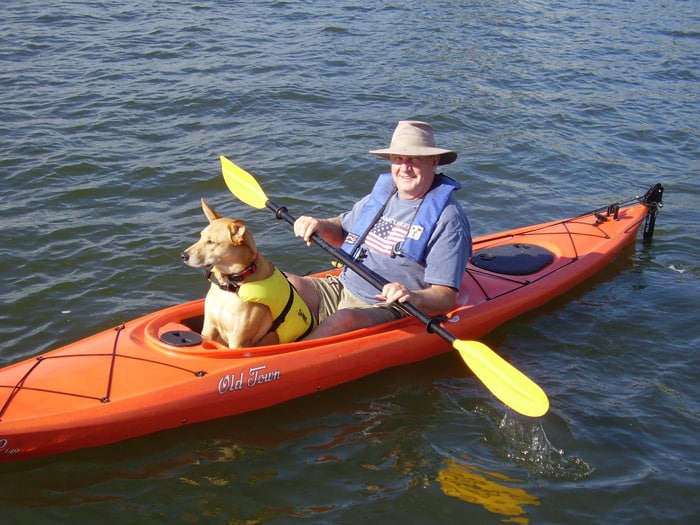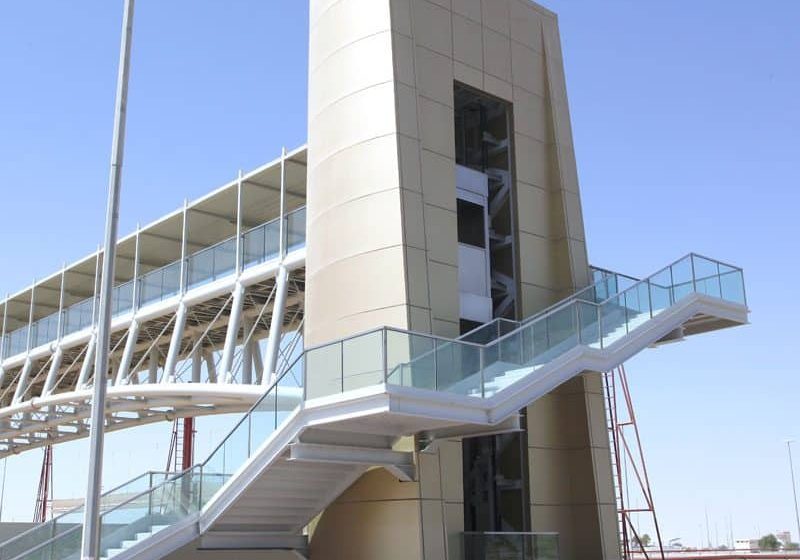Remembering the “one-in-a-million” Bill Casey of New York
Bill Casey, founder of Claddagh Electronics Ltd. of Long Island City, New York, was born on December 16, 1938. He was one of 10 children and, later, one of 500 children at St. Agnes Home and School for Boys in Sparkhill, New York. Casey died peacefully in his sleep on December 19, 2020 (ELEVATOR WORLD, March 2020). He leaves behind his daughter, Marie, and partner of 35 years, Lannie. Whether one of 10 or one of 500, Casey was the kind of man others would call one in a million. Some of those who knew and worked with Casey in New York shared stories with your author about his life and many achievements.

Casey loved the nuns who raised him at St. Agnes. After graduating eighth grade, he was given the choice to learn woodworking or electronics. He chose woodworking. At age 17, Casey asked his mother to sign him into the U.S. Marine Corps, where he would be stationed in Panama, achieving the rank of private first class. Casey described himself as being “too wild” to advance any further, but did take his General Education Development test and passed, crediting the nuns who taught him. This would be the first in an ever-increasing number of achievements.
After returning from his service in the Marines, perhaps inspired by the members of the Police Athletics League who took him in during Christmas vacations when other St. Agnes boys visited their families, Casey passed tests to become a NYC police officer. Before Casey could begin training, however, he contracted spinal tuberculosis meningitis. While in Jacobi Hospital for six months, he refused last rights twice. He was determined to survive and join the police force, but the force would no longer accept his application.
In 1960, he started working as an electrician’s helper. This began his career in the electrical and elevator industry. The electrician he first worked with recognized Casey’s natural talent and took him under his wing, making sure he advanced to better-paying jobs. That November, he joined the elevator division of the International Brotherhood of Electrical Workers Local No. 3. After six months, he was a qualified elevator mechanic. He went on to work for Central International Elevator Co., then joined Emerald Elevator with Shawn Clarke and Jimmy Williams. It was at Emerald that he gained his master electrical license and, after less than a year, moved on to Pepper Elevator, then Flynn Hill Elevator, until his retirement in 2001.
In 1983, he formed Interface Products with George Miller, where they manufactured elevator parts, one of which was patented. In 1986, he ended this partnership, venturing out to form Claddagh Electronics with Angelo Mottola.
For one week on the Atlantic Ocean, Casey navigated an 88-ft sailboat with no more than a sextant and the heavens above.
Casey was a singular man. His coffee was never hot enough. He could fix a problem in a machine room without setting foot inside. If a colleague said they were ready to meet with him, and they were not, he would lower his glasses so they knew they were in trouble. Then, he would leave. His approach to work was always the KISS method: “Keep it simple, stupid,” Casey wrote on the beauty of simplicity:

“It seems the more we learn, the more complicated things need to be. If we wanted to design or make something, the solution seems to carry based upon our level of knowledge. As we try to design/make something, we learn to appreciate the ‘simple’ things. The beauty in something ‘simple’ is to be admired.”
Whether designing elevator parts or repairing elevators, Casey approached his work this way. He was not a man to waste time on complications, and, to this day, when faced with problems, colleagues of his still recall his voice in their head: “Keep it simple, stupid.” Casey would always utter, “Jesus ever!” when making or emphasizing a point.
While running Claddagh and working full time, Casey expanded his skills in a range of areas. He attended night school to make up for the high school classes he had missed and took another three years of night school at the Mechanics Institute in Manhattan for Electronics. He attended New York University to study Computer Languages and took a semester of Music Appreciation and AI. During his time at St. Agnes, Casey had to listen to classical music, while he helped one of the nuns print pamphlets, and had taken piano lessons until the nun who taught him passed away. It wasn’t until later in life when he grew to truly appreciate classical music and opera. Although he could have become a concert pianist, he confessed he had only taken piano lessons for the treat of milk and cookies after the lessons.
Casey also learned to paint watercolors at Parsons School of Design, then to cook at New York Restaurant School. At the Haydyn Planetarium, he learned celestial navigation, astronomy and geology. Afterwards, for one week on the Atlantic Ocean, Casey navigated an 88-ft sailboat with no more than a sextant and the heavens above. In 2010, he took sewing lessons and mold-making classes in a factory, all while teaching himself algebra and calculus. He had never had the opportunity to learn calculus and hoped it would help keep his mind sharp. The only time he was seen without a book was when he was on his way to buy one.
Inspired by a trip to Italy, Casey attended language school Parliamo Italiano to learn the basics. To advance, he then attended a school in Sorrento, Italy. At the State University of New York-Suffolk County he learned contemporary Italian history. Despite all this knowledge, he would always insist on asking waiters for “your cheapest bottle of red wine.”
At age 50, Casey decided he would finally take formal skiing lessons. He had begun skiing many years earlier, teaching himself as well as he could. In his own words, Casey measured the length of a hill by the number of falls it took to descend. He decided lessons would improve his technique, allowing him to continue into his later years. He was still skiing at age 75.

Throughout his life and as a member of the Irish Catholic fraternal organization Ancient Order of Hibernians, Casey always had a love of Ireland. He visited many times, taking work on farms and spending time in pubs with locals. He always said that, in his farmer’s clothes he fit in with the other workmen — until he opened his mouth and spoke. In honor of the nuns he cherished as a child, Casey helped Irish nuns, as well as less fortunate children, come to America during The Troubles.
In a time before the internet, Casey was the computer many consulted.
Casey loved dogs, as all the best people do. His dog, Bailey, could be counted as one of the most intelligent dogs known to the elevator industry. But for the lack of thumbs, he could have perhaps accompanied Casey to work. Another of Casey’s inventions was a special seat for Bailey and a mechanism to prevent said canine from pressing the ignition button in Casey’s car.
In his later years, despite all of his efforts, Casey recognized his mind was in decline. He asked that electrical manuals be printed for him to study and continued teaching himself advanced mathematics. He wrote a small paper about ways to check electrical devices in the hope he could leave behind what he had learned throughout his career. He was determined to continue helping his colleagues, even after he was gone.
In his autobiography, Casey wrote, “Looking back at everything, I was blessed with curiosity, but also cursed with it. . . . This is keeping my mind going, lest I lose it.” His mind, his memories — all the stories and people — may have faded as he grew older, and yet, that same brilliant mind is not lost. His curiosity encouraged others to further their studies no matter their age. He collected knowledge but did not hoard it, sharing all he knew with those who needed it. In a time before the internet, Casey was the computer that many consulted.
Casey was a husband, a father, a grandfather, a Marine, an inventor and a good and loyal friend to many. The wealth of his mind is not lost; it has simply been passed on to those who knew and loved him. That, perhaps, is his legacy: to be a man who worked with wires, fuses and motors, yet could produce a watercolor painting, learn to speak Italian and navigate by the stars. Surely these things make Bill Casey a unique man among men. His friends and family may take comfort in knowing that he is now truly navigating by the stars, and to have no fear. He knows his way.
Acknowledgements
Special thanks go out to Brian Faerber of Century Elevator, Wayne Locker of TEI Group, Jack O’Shea of Start Elevator and Angelo Mottola of Claddagh Electronics for their contributions.
Lucy Faerber is a writer, editor and daughter of Brian Faerber, an elevator mechanic. She lives in Sydney, Australia.
Get more of Elevator World. Sign up for our free e-newsletter.










